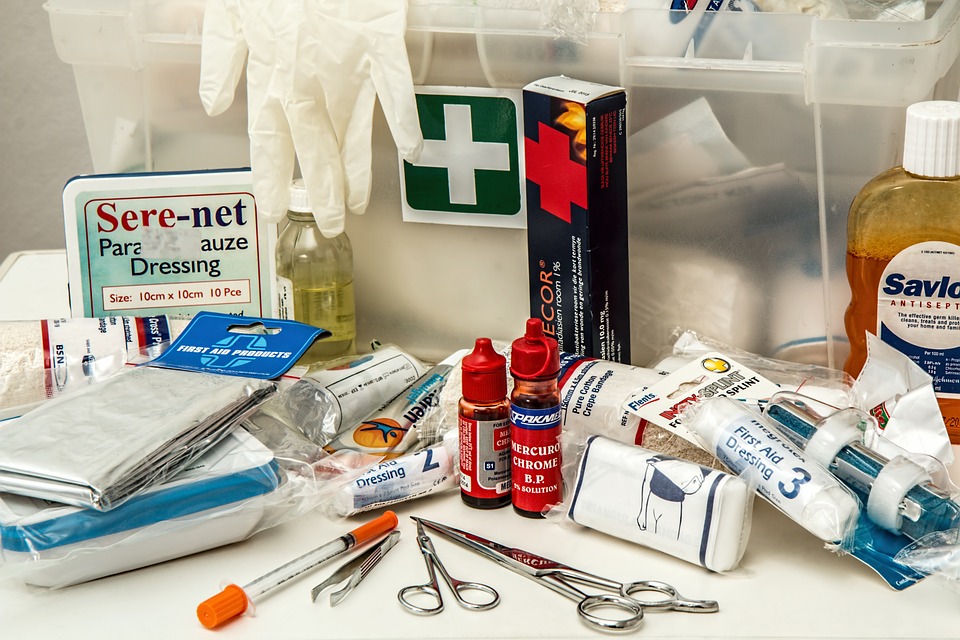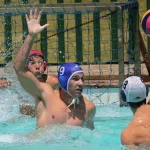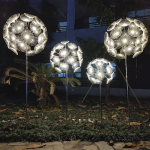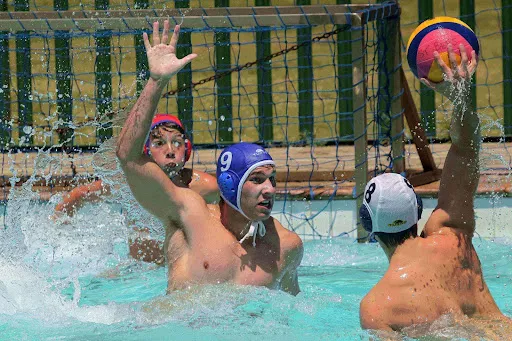Accidents and emergency situations may happen anytime and help may not always be available. For example, you may be in a remote location and there may be no hospitals nearby. Injuries are time sensitive and you cannot simply wait for the professionals to arrive. You should be equipped with basic first aid skills which can come to help at dire times.
Table of Contents
Basic first aid skills we must know
Here are some of the basic first aid skills every individual should know:
1. Performing CPR
Cardiopulmonary resuscitation is perhaps the most important first aid skill you should know. It can save lives. When somebody has a cardiac arrest and their heart stops pumping blood, CPR is performed to ensure that the heart does not give out. If a person has a heart attack, first of all, call an ambulance. Next, start chest compressions on the person immediately. Keep your hands in the middle of the chest and continue the compressions. You can also try to revive them by mouth to mouth resuscitation. Do not stop until the person starts breathing again or the ambulance arrives.
2. Performing the Heimlich maneuver
The Heimlich maneuver is used to help a person who is choking due to a foreign particle lodged in their throat, usually some food. You may be in a restaurant having your dinner and you suddenly see someone choking on their food. The person may not be able to ask for help, approach them and stand behind them.
Put your hands in a fist and place them between the ribcage and the bellybutton of the person. Place your other hand on top of the fist. Once you are in this position, quickly thrust upwards and keep repeating until the object dislodges itself from the person’s throat. Heimlich maneuver is life-saving and can prevent someone from choking to death. The technique mentioned is specifically for adults, in case it is a baby or a child, a different technique is used.
3. Treating burns
First-degree and second-degree burns are relatively easier to treat whereas third-degree burns can be fatal. The first step is to clean the wound under running water to relieve the burn. Do not use ice, it may irritate the skin and cause blisters. Next, cover the wound with gauze. Do not use any ointments on the burn without asking for professional help. You can take pain killers to relieve the pain if required. Avoid touching the burned area.
4. Stop severe bleeding
If somebody gets injured and starts bleeding profusely, we should make sure that they don’t lose a large amount of blood. To stop the bleeding, take a clean, sterilized cloth and place it over the wound. Apply pressure to the wound so that the bleeding stops. Let the cloth soak up the blood.
If you do not have a clean cloth, tear a piece of your shirt or any other material you find. If there is excessive bleeding and the blood appears bright red, it may be an arterial wound which means that the person could bleed out and die within minutes. Keep applying pressure on the wound and use more cloth if the first cloth is entirely soaked. Do not remove the cloth until the first responders arrive.
5. Stop nosebleeds
Nosebleeds are very common and can happen to anyone. Whenever someone has a nosebleed, make sure that they do not raise their head or rest in a lying position. Pinch the nose of the person and hold it for around 10 minutes to control the bleeding. Wait for the bleeding to stop. Later, you can use sterilized cotton to dry off the blood.
6. Treating hypothermia
Hypothermia occurs when a person gets so cold that their body slows down and stops responding eventually. Symptoms of hypothermia include excessive uncontrollable shivering, drowsiness, abnormally slow breathing, and difficulty in coordination. If a person has been in cold water, help them get to a safe and warm place. Remove their wet clothes fast and cover them with a blanket to preserve their body heat. Keep them near a fire so that their body eventually goes back to its core temperature. Give them something hot to drink.
7. Treating shock
A person may go into shock due to an illness, accident, or a traumatic event. They may stand very still, look pale, and may experience dizziness, fainting spells, and disorientation. If a person goes into shock, it means that adequate blood is not reaching their brain. Lay down the person on their back and keep their feet elevated. Cover them with a blanket so that they do not lose their body heat. Keep them warm and call the ambulance immediately.
8. Recognizing signs of stroke
Even though strokes are usually associated with older people, anyone can get them. A stroke occurs when there is a clot in the veins which bring blood to the brain. Strokes can rapidly result in someone’s death, recognizing it rapidly is essential. The symptoms of stroke include severe headache, disorientation, dizziness, difficulty in walking straight, and numbness in one part of the body. If you suspect a person is having a stroke, ask them to smile and notice if one side of their mouth droops. Aspirin can enlarge the veins, so you can give aspirin to the person while waiting for the ambulance to arrive. Only give aspirin if the person is not allergic to it and if there are no stroke medicines prescribed for the person.
9. Fractures and sprains
If somebody gets hurt and is not sure whether it is a sprain or a fracture, treat it like a broken bone until confirmed otherwise. Follow the same steps for fractures as well as sprains. Do not try to move, keep the affected area immobile. Use a makeshift splint or support to prevent the limb from dislocating. Apply ice pack over the injury, do not apply the pack directly to the skin. Take anti-inflammatory drugs to reduce pain.
Final thoughts
These are some of the basic first aid skills everyone should know. Remember, in case of an emergency, the first step is to call an ambulance or 911. Keep your calm and don’t panic. Simple first aid may prove to be useful in saving someone’s life.











